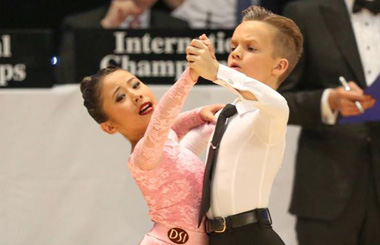Genes, brain structure influence second language learning: study
If you have trouble learning a new language as an adult, maybe you can blame your genes and brain structure, a U.S. study suggested Monday.
The study by researchers at the University of Washington showed that genetic variations of the so-called COMT gene and a measure of the strength of the brain's communications network -- known as "white matter"-- jointly accounted for 46 percent of the reason for why some college students performed better than others in the second language class.
"We are interested in understanding why individuals learn differently, including those who perform well and those who perform poorly," said lead author Ping Mamiya, a research scientist at the UW's Institute for Learning & Brain Sciences (I-LABS).
"Our study shows for the first time that variations of the COMT gene are related to changes in the brain's white matter that are the result of learning," Mamiya said.
The research, published in the U.S. journal Proceedings of the National Academy of Sciences, recruited first-year college students -- 20-years-old on average -- who had just arrived in the United States from China.
The 79 volunteers in the study had passed the university's minimum English requirement, and 44 of them immediately entered a three-week immersion class intended to help international students improve their English skills.
Over the course of the three-week language class and up to eight days after the class ended, the researchers performed brain scans of all the students, including a control group who had also just arrived from China but did not get into the class.
The researchers used an MRI technique called diffusion tensor imaging, which gives clues about the structure of the brain's connections. Better structure helps signals transfer across the brain, which may lead to better learning.
The brain scans suggested that within a day of the immersive English training, white matter had already begun to change.
Overall, foreign language exposure increased the connectivity of the brain's language circuitry, which went up over the course of the three-week training, and then reversed after the training ended.
Using DNA samples taken from the students, the researchers found that two specific forms of the COMT gene were linked to greater success in learning a second language by increasing brain connectivity.
"Humans' abilities in learning any particular skill vary tremendously, and we want to know why," said co-author Patricia Kuhl, co-director of I-LABS. "Knowing why answers a basic science question about how the environment, our genes, and our brains really work, but could also lead to interventions that improve learning."






















